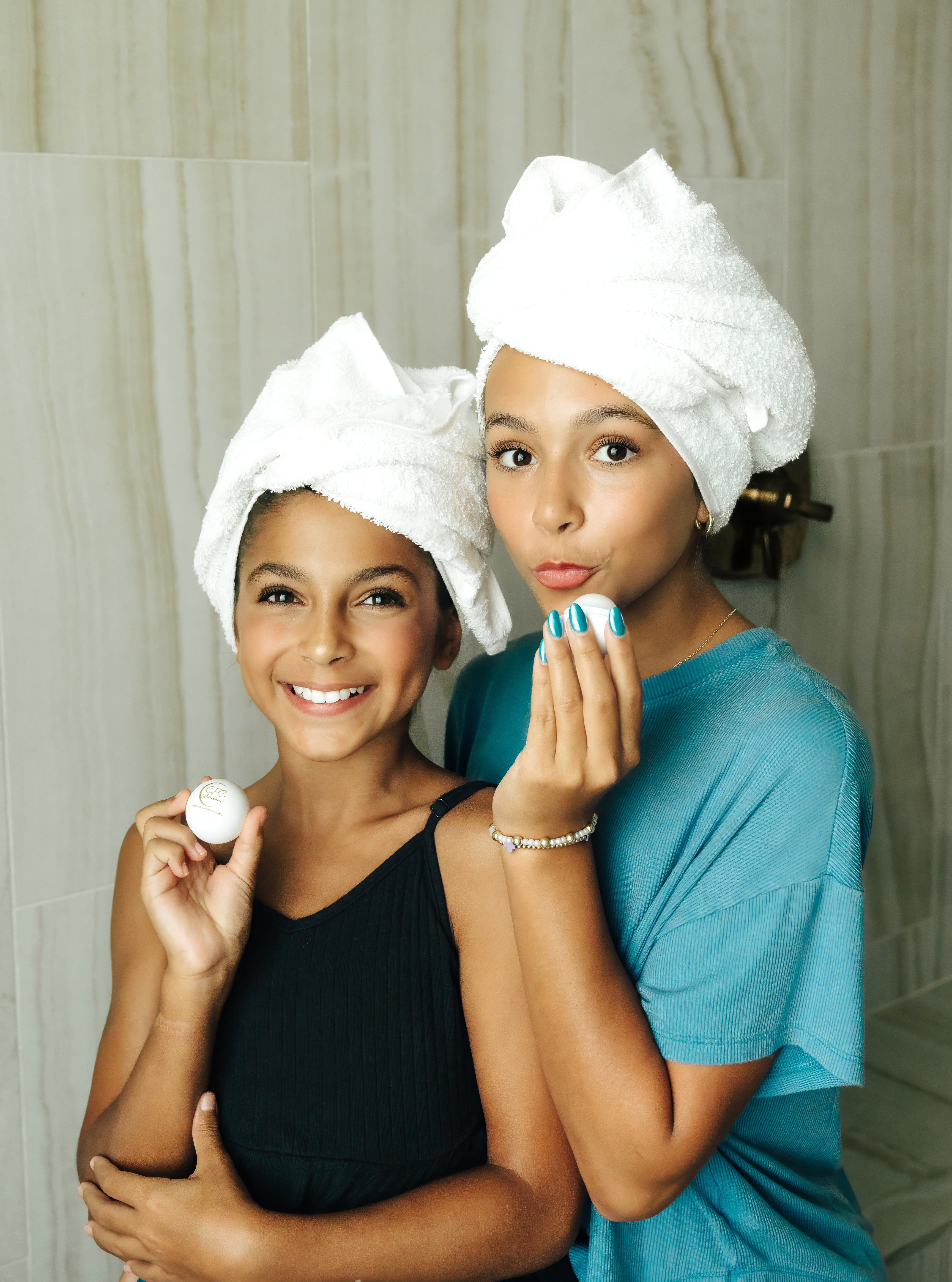The world of beauty has witnessed a profound shift, with the once-simple routines of childhood hygiene giving way to elaborate, multi-step skincare regimens marketed to children and tweens. This phenomenon, heavily amplified by social media trends and figures as young as nine, has sparked a major controversy among dermatologists, parents, and cultural critics. The core of the debate centers on the unnecessary, and often harmful, exposure of developing skin to potent ‘active’ ingredients typically reserved for adult anti-aging products, such as retinol and exfoliating acids. While brands argue they are promoting self-care and gentle habits, experts universally warn that a child’s delicate, maturing skin barrier can be easily damaged, leading to adverse reactions and fostering unhealthy psychological fixations on unrealistic beauty standards.
The Social Media Engine and Early Consumption
The explosive growth of elaborate skincare routines among preteens and children—some as young as three—is overwhelmingly fueled by social media platforms like TikTok and Instagram. Videos, often categorized as “get ready with me” routines or “hauls,” feature young influencers showcasing multi-product routines using expensive, high-end, and often highly active formulas. This constant digital exposure normalizes the consumption of specialized skincare at an unprecedented age.

Dermatologists and psychologists note that children are highly susceptible to these visual trends, often viewing them as pathways to belonging or achieving the “glass skin” or “filter-perfect” look that is technologically curated online. This phenomenon creates immense peer pressure—dubbed the “Sephora Kids” trend—where young consumers demand costly products, driven by the perceived need to “future-proof” their skin against aging that is decades away. This early consumption blurs the line between innocent play and commercialized anxiety, pressuring children to focus on image at a highly formative age.
The Critical Danger of Adult Active Ingredients
The most significant concern for medical professionals is the use of adult-strength active ingredients on young, developing skin. Pediatric dermatologists emphasize that a child’s skin is structurally different: it is thinner, more delicate, and possesses a less developed, more vulnerable protective barrier than that of an adult. Skin at this age is generally self-sufficient, with robust natural collagen and elastin production, meaning anti-aging ingredients are wholly unnecessary.
Exposure to potent chemicals like retinol, high-strength Alpha Hydroxy Acids (AHAs), Beta Hydroxy Acids (BHAs), and high-concentration Vitamin C can be severely detrimental. These ingredients are designed to exfoliate, increase cell turnover, or penetrate deeper layers of mature skin. On a child’s skin, they can easily cause allergic contact dermatitis, severe irritation, redness, chemical burns, disruption of the natural skin barrier, and even long-term sensitivity or hyperpigmentation, especially when used unsupervised or in high frequency as seen in multi-step routines.
The Psychological Cost of Premature Anti-Aging
Beyond the visible physical harm, dermatologists and child psychologists cite serious concerns regarding the psychological impact of this trend. Introducing anti-aging products, often labeled to combat wrinkles and sagging, to children as young as 10 subtly implants an obsession with aging and an unhealthy focus on appearance at a developmental stage when self-perception is fragile.

Experts suggest this exposure can negatively impact a child’s self-esteem and body image, fostering anxiety and body dysmorphia. The emphasis on “correction” over “protection” shifts the goal of skincare away from simple hygiene and self-care toward meeting unrealistic beauty standards that are often unattainable, even for adults, without the aid of filters, photo-editing, or AI. This early fixation, fueled by social media comparisons, risks creating a negative cycle of product over-consumption when unrealistic goals are not met.
Expert Consensus: The Recommended Simple Routine
Dermatologists and pediatric health professionals are unified in their advice: an appropriate and necessary skincare routine for young, healthy skin is simple, protective, and non-active. The goal is maintenance and protection, not correction or anti-aging. This simple regimen is all that is required for most preteens and children who are not dealing with existing skin conditions like severe acne or eczema, which would require a doctor’s supervision.
The expert-approved routine consists of three essential, non-negotiable steps:
- A gentle, mild cleanser used once or twice daily for basic hygiene.
- A lightweight, fragrance-free moisturizer applied when skin feels dry.
- A broad-spectrum sunscreen with an SPF of 30 or greater applied every morning to establish the crucial habit of sun protection.
Parents are urged to discourage copying complex influencer routines, to act as crucial guides in product selection, and to ensure that any “fun” product use—such as sheet masks marketed for kids—is explicitly formulated to be safe, gentle, and free of harsh active ingredients.




